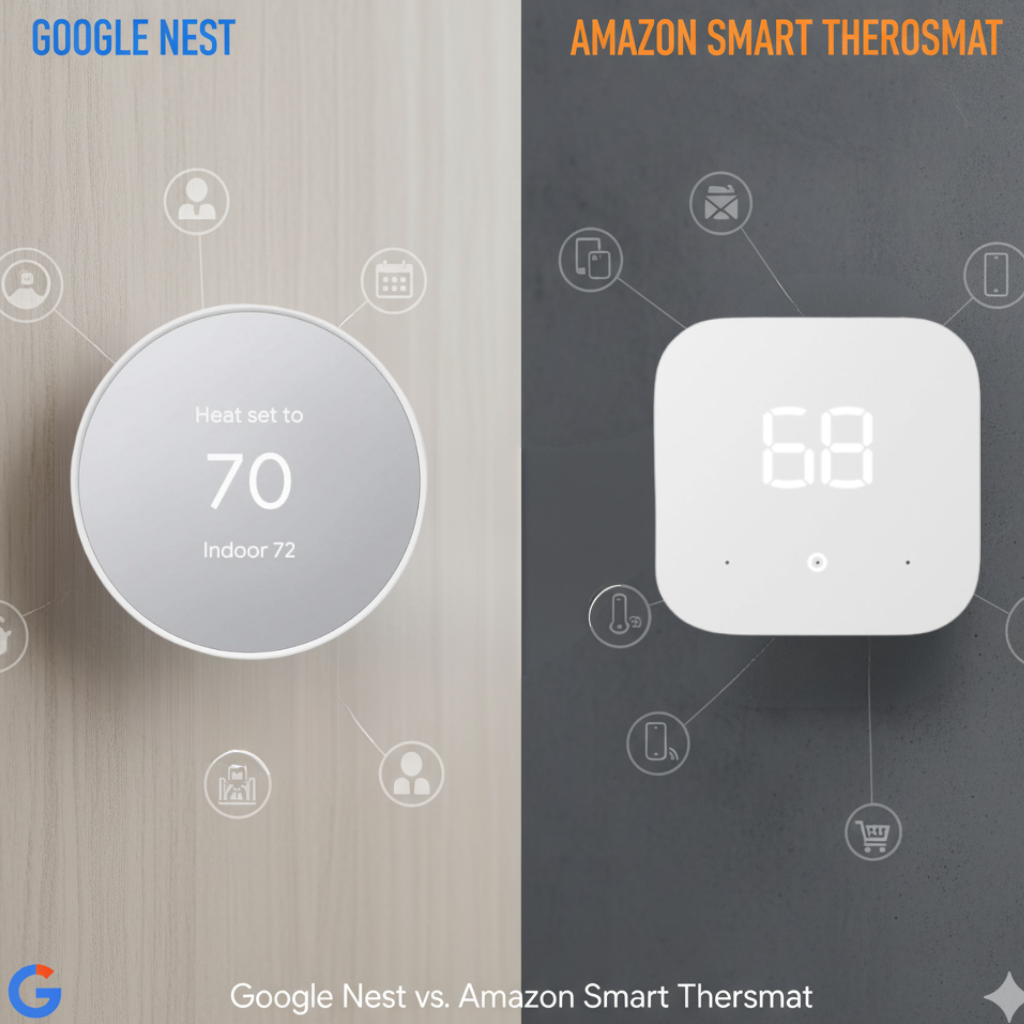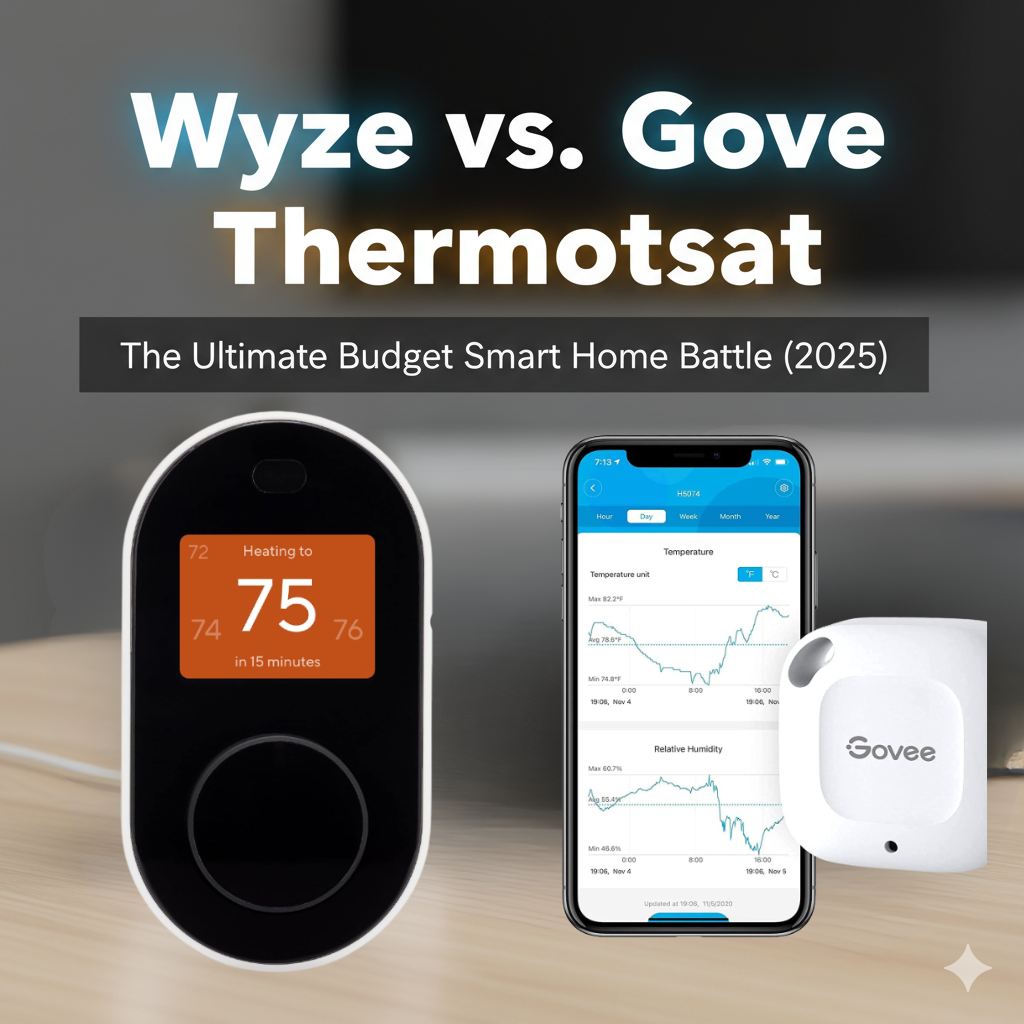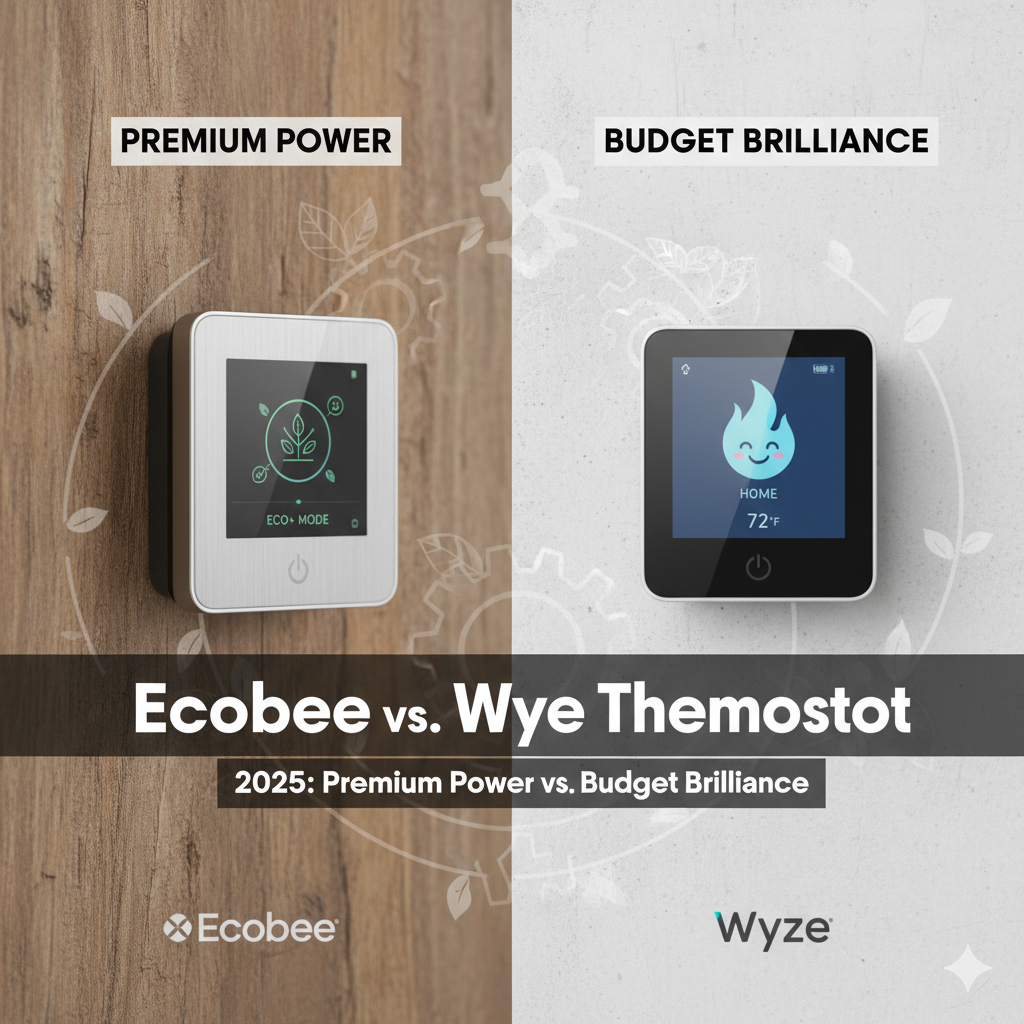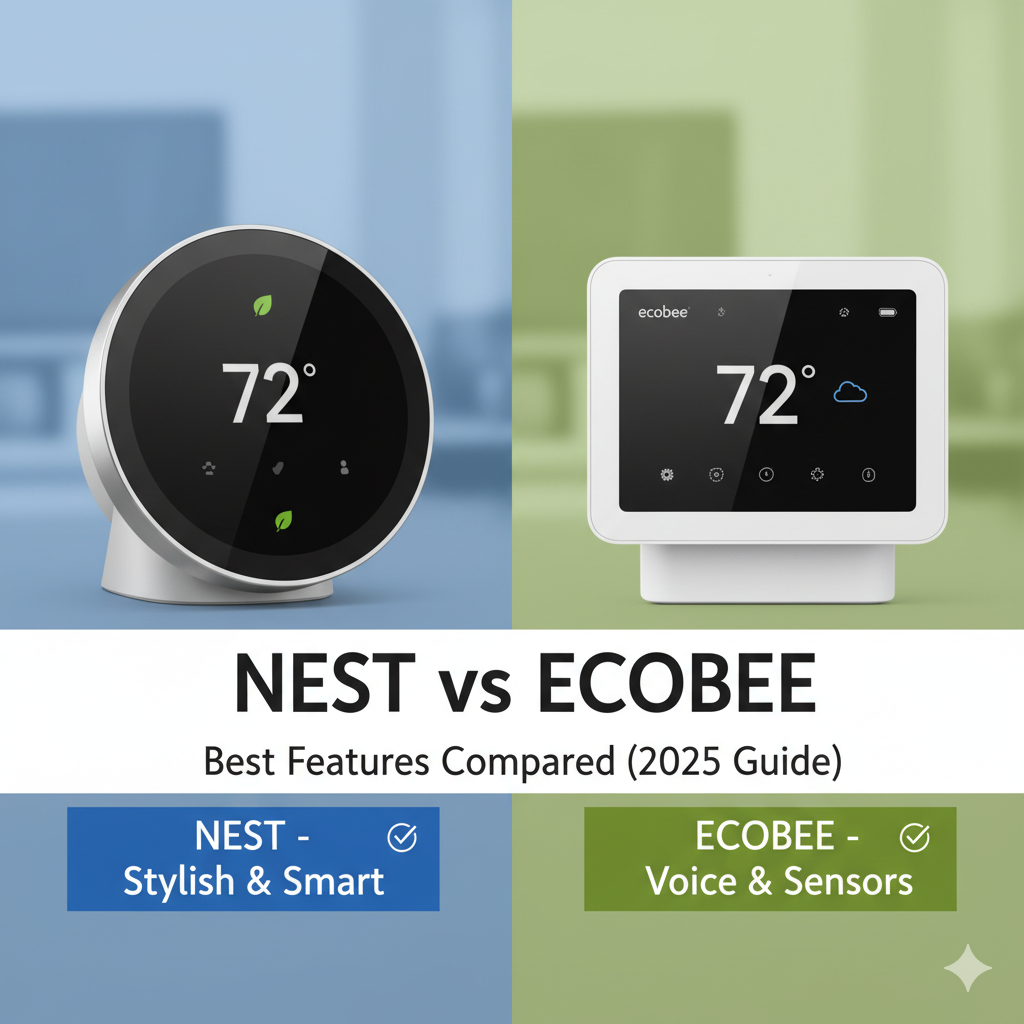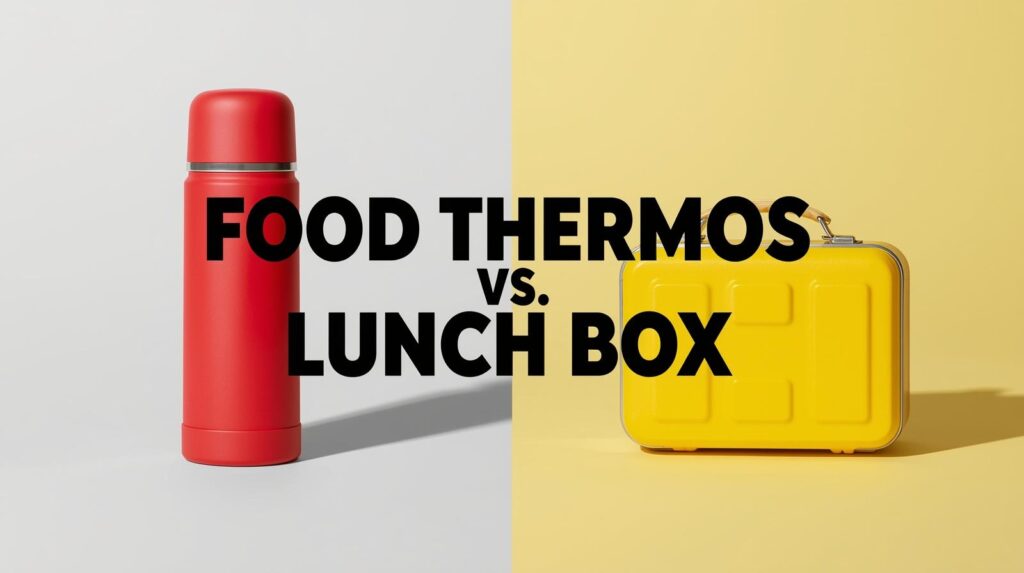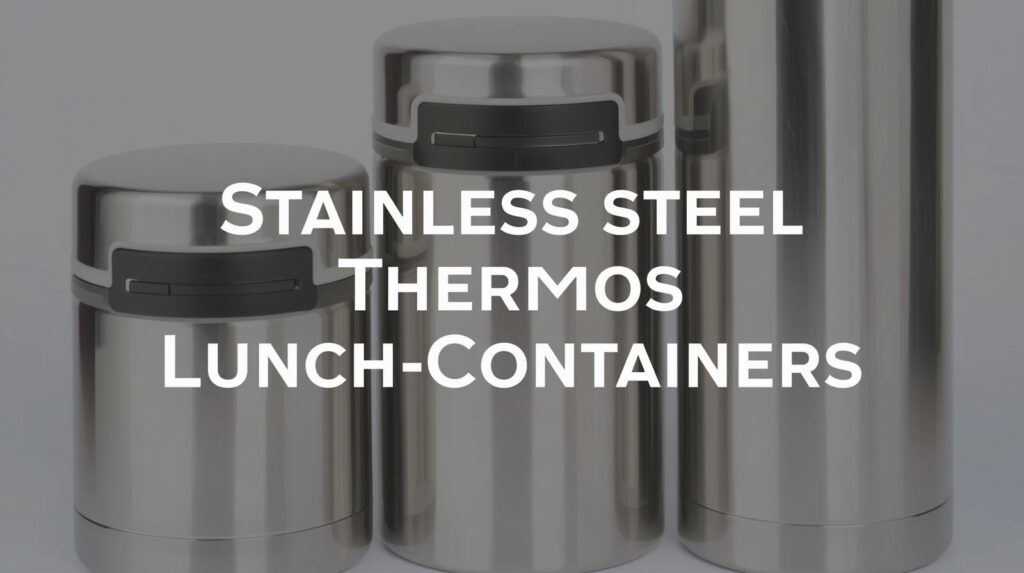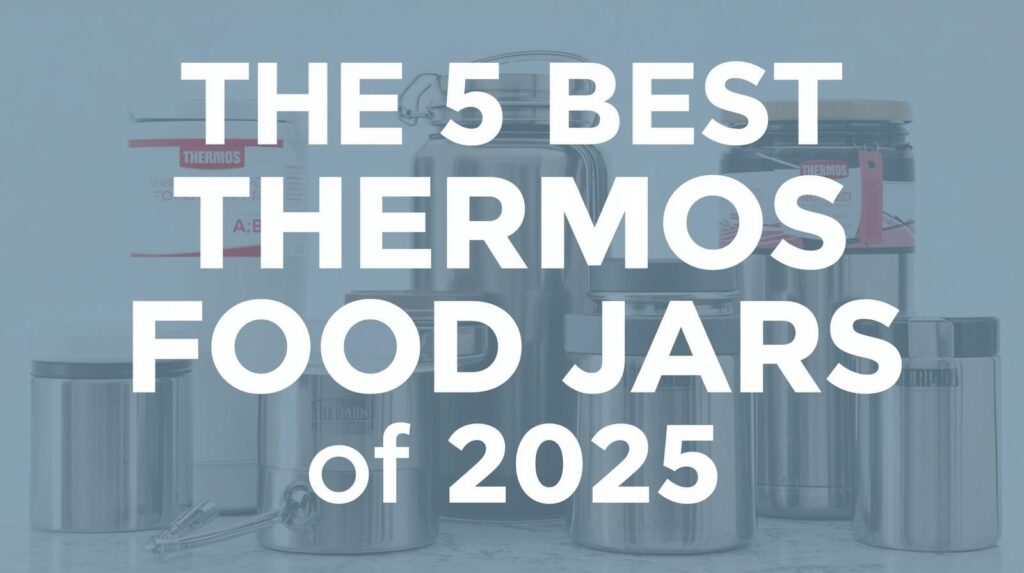Google Nest vs. Amazon Smart Thermostat
Google Nest vs. Amazon Smart Thermostat: An Ecosystem Battle (2025) The battle for the smart home is being waged on all fronts, and the thermostat—the brain of your home’s comfort and a huge part of your energy bill—is a key piece of territory. The two titans of tech, Google and Amazon, are locked in a […]
Google Nest vs. Amazon Smart Thermostat Read Post »

